
|
| Accept Cookies | Customize | Refuse Cookies |
Ilrasta www.juzaphoto.com/p/Ilrasta  |
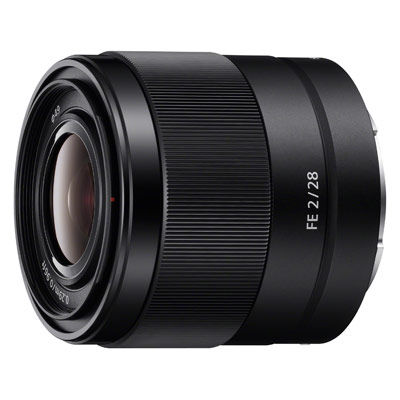 | Sony FE 28mm f/2 Pros: price/quality ratio Cons: does not excel at anything, if it can be a defect Opinion: Now it has accompanied me for over 3 years, and next to the 85 1.8, I find it the ideal companion to have a focal length now habitual thanks to the daily use of mobile phones to take flying photos, therefore with a "familiar" field of view and suitable in many generalist situations of daily life. It is a light and compact fixed, rather cheap that I often prefer to the Tamron 17-28 2.8 that, after buying it, I thought could lead me to sell the 28 f2 ... but instead for some uses I prefer the small fixed, not so much for the quality as for the bulk and weight that make it almost an "invisible all-rounder", both during travels, especially in low light conditions, and for when the spaces tighten but you do not want to give up some portrait with a discreet detachment of the floors ... without risking the distortions of wider focal lengths. It never misses a shot like autofocus, although it is not a splinter, but more reliable (at least in my experience) than the 35 2.8 Samyang. Even the construction is more than honest, with its small hood that you can safely leave mounted given the negligible footprint. It makes the A7iii practically a compact FF, with indisputable quality, more than enough for amateur use, if you do not have claims to detail and correctness in the most extreme edges. It is often found around 300€ new... if you have constructive demands or uncompromising quality, it is not this 28 that can satisfy them, but for these objectives it is necessary to at least double if not triple the expense (see GM). As for vignetting and distortion, which are present especially the first at f2-2.8, I find that with LR (as I think now for every photo editing program) these are no longer defects, or at least do not represent problems, as with a click they disappear. sent on December 28, 2021 |
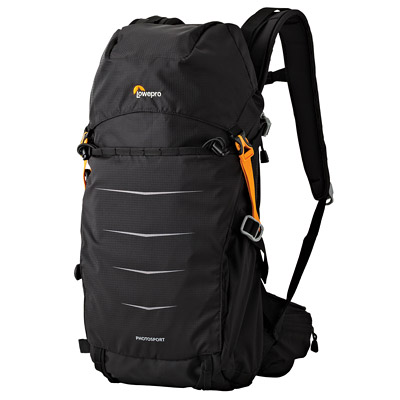 | Lowepro Photo Sport 200AW II Pros: light, very comfort, very technical Cons: access to the non-immediate bag, photo part and non-removable belt Opinion: Purchased mainly to be able to bring a room and 1-2 compact objectives on the ski slopes or for trekking in the day. The backpack is well made and extremely light, but very comfortable worn throughout the day on skis or on a hike in the mountains. The small size is its strong point, but it allows you to carry in addition to a compact body (sony a7III) with a small zoom mounted, even a fixed, side to the side of the photo part. Ideal for apsc kits with a couple of compact zooms (type a6500 with 18-135 and 10-18 or a fixed type 30 1.4). In addition, the photo compartment can be quickly compressed by pulling a small strap (UltraCinch system) to prevent the equipment from being tossed in case of more "sporty" activity. The non-photographic part allows you to insert a light rain shell or a light jacket/hood/pile into the front flat pocket, while the main bag above the photo bag seamlessly hosts a change (shorts and socks) and some kind of comfort (sandwiches, fruit, etc.), outside you can fasten a pair of ski or trekking racquets (better if telescopic) in the dedicated supports, a water bottle in the side mesh bag (alternatively a travel stand) and a water bag from 1.5l in the dedicated pocket in contact with the back (or an ipad up to 11"). The pocket in the "hood" is very practical to store small items or phone/wallets, handkerchiefs, etc. The belt has two handy zipped pockets for storing keys, a pair of bars or small accessories on hand without removing the backpack. Very water resistant even without its shell that is housed on the lower pocket, to be used to protect from heavy rain/wind with sand etc. Ultimately, an excellent and light backpack for day-to-day sports activities, where photography is not the main activity. p.s.: For reflex pro (7D, 5D, D800 etc.) you have to orient yourself on the 300 model, larger and with access to the most generous photo part. sent on December 03, 2019 |
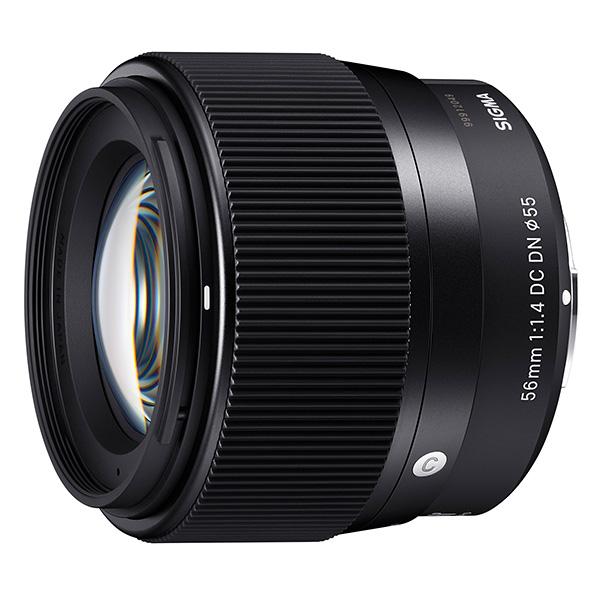 | Sigma 56mm f/1.4 DC DN C Pros: Sharp, great blurry, light and compact Cons: Nobody Opinion: I had it and used it on different bodies m43 (G9 and gx80). It is definitely the best value option among the average canvases per m43. Well built, light and compact, but solid and with a good lampshade provided, it also looks tropicalized. A ta is already very sharp and does not improve significantly by closing the diaphragm except at the edges. A lens to have for those who make portraits, perfect completion of the brother 30 1.4, with which he shares the excellent aspects of above. It offers a very pleasant and soft bokeh, less nervous for example of the 75 1.8, of which it is also slightly sharper at 1.4, offering a focal of 112mm equivalent still very versatile for full-length portraits. sent on July 13, 2019 |
 | Canon EF 70-210mm f/3.5-4.5 USM Pros: Compact and bright enough, cheap Cons: Chromatic aberrations, mediocre quality at the focal canvases, tendency to lengthen in keeping it face down during transport Opinion: Zoom old-fashioned canvases, with the merits and flaws of the case. First of all it is to be considered a zoom battle canvases for FF but not for dense sensors (so not for Big Mpix), so if used without too much pretension and if you find it used for less than a hundred euros or if you already own it from an old kit , the limits of ACs are forgiven in strong contrasts of light; loses sharpness in the longer focal points, improving a little by closing a couple of stops. It's almost a constant f/4, and for 550g it's no small feat... and you can put up with a backpack even on the go, if you do not look for speed and performance prominent and passes rather unnoticed in the middle of people thanks to the small size and the front lens of 58mm, especially if you do not mount the lampshade. It also behaves discreetly as an adapted lens on the MC-11 on sony A7III, but of course it is far from comparable to a native solution for performance in AFS/AFC. The bokeh is certainly not that of a 200 2.8 or an average canvas fixed more rated to the portrait, but I do not find it even so disastrous on FF sensor. At TA I vignette enough but I consider it a no problem being correctable very well with any post-production program. On APS-C I do not think it is a sensible choice there are certainly better and specific ad Hoc solutions for all smaller sensors (canon 55-250 among all). Finally it tends to stretch if you hold it attached with shoulder and lens down. If you have to find a canon alternative without fainting, a 70-200 f/4 used today is at 400 degrees and is better in everything except in weight/clutter. sent on July 01, 2019 |
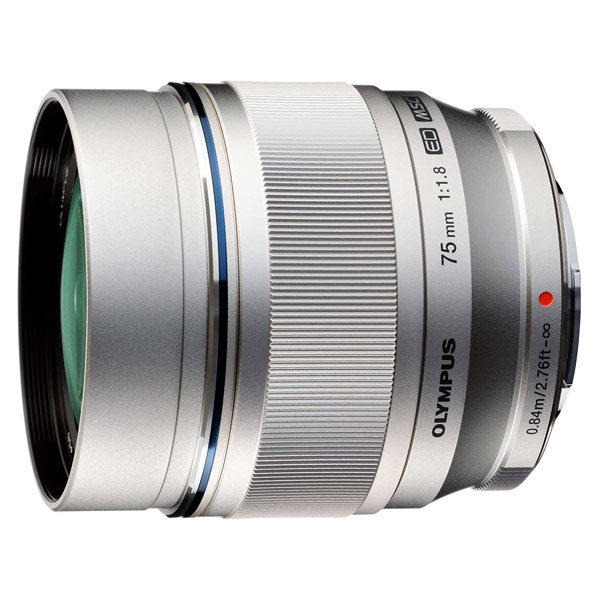 | Olympus M.Zuiko Digital ED 75mm f/1.8 Pros: Construction, yield of details already to TA, aesthetics, weight/footprint Cons: Hood and Bag absent Opinion: Taken as a portrait lens or to have a fixed and bright tele at the turn of light, after reading several reviews that unanimously define it as a small masterpiece absolute, regardless of the size of the sensor for which it is designed. In fact it is a perspective of which it is difficult not to fall in love, even for high level construction. The yield of details is already excellent at TA, it improves further but not so sensitively, closing 1-2 stop. The bokeh is very pleasant, top notch. Very compact and light considering the focal length of 150mm equivalent (305gr). Unique in its kind, definitely challenging to use, requires space and premeditation typical of fixed-focal teleconverter. Although unfortunately the opportunities to use it are few, I can not get rid of it. Ear tug for Olympus that for a PRO lens in the substance and price (but not in the official nomenclature) does not include a simple lens hood or a soft bag, but it does charge a trivial €70 metal lens hood! Inevitable lens in a m43 kit for those who love to do portraits with telephoto lenses. sent on September 28, 2018 |
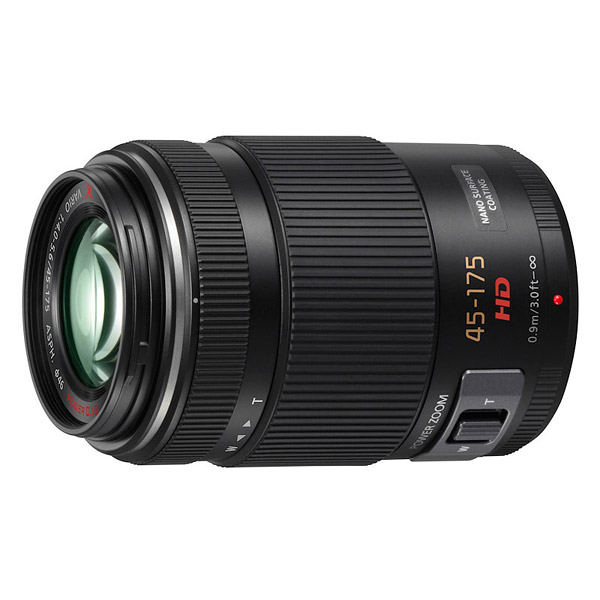 | Panasonic Lumix G X PZ 45-175mm f/4.0-5.6 ASPH OIS Pros: Weight and size, stabilization, focal length, internal focus Cons: Price of the new, a little dark Opinion: I took it used preferring to zoom brighter and heavier tele (as well as more expensive) because I use it sporadically and because I can often keep it in the bag even if I do not plan to use it, weighing only a little more than 200gr... that is perfectly embodies the Philosophy of minimum weights/dimensions of the M43 system. It also has internal zoom: it does not extend zooming and therefore remains very compact even at 350mm equivalent and species without lens hood is "unsuspected" even among the people. The same can certainly not say a 70-300 for FF! Finally it is stabilized and compatible with double stabilization by gx8 (of 2015) onwards. Quality is not at the levels of a 40-150 PRO, nor a 50-200 pana Leica, but if you accept the brightness limits, it is not bad at all... especially considering the cost of the used (around €250), as the price of the new is quite high (over €400). Ultimately: an excellent compromise for those who do not look for a specific tele zoom for avifauna or indoor sports, but more than enough and discreet for occasional use in good light conditions. sent on September 11, 2018 |
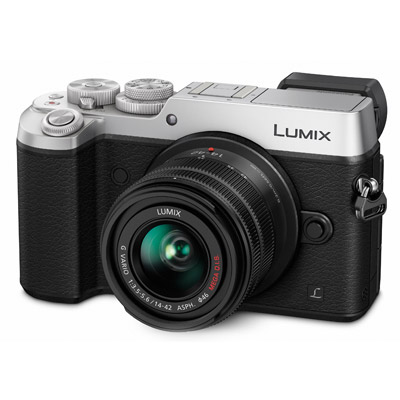 | Panasonic GX8 Pros: Super viewfinder, sealed body, 8 customizable physical keys, ergonomics, perfect and complete touch monitor, 4k video, post focus, photo 4k Cons: Shutter noise, rolling shutter, unstabilized video Opinion: I bought it in February 2018, after having had em1, G80 (which is still supported) and gx80. In some ways the best of the 4 tested for several months, definitely for the EVF viewfinder very large, bright and engaging (still one of the best Evf's ever in mid 2018). Difficult to find faults, if not the stabilization that is not at the levels of EM1, G80 and gx80, which does not stabilize in photo mode during framing (the image to viewfinder trembles even pressing halfway the shutter button) and that in the videos does not work. In addition the rolling shutter can create micro-blur (only between 1/125 and 1/320) but you can work around the problem with the electronic shot. Buttons in relief very comfortable, both because most are customizable, and because they recognize easily without detaching the eye from the viewfinder; This allows you to do everything in speed in a moment! Panasonic menu very intuitive and easy to learn; Along with the quality of the sensor more than satisfactory in most common needs, the experience of using this camera is definitely fulfilling and entertaining. Difficult to separate to find better in this genre like rangefinder. The lateral and adjustable viewfinder offers a versatility and ease of composition in the most disparate situations, allowing you to use the focus touch without being annoyed by the touch of the nose that can cause the movement of the point of MAF (as is often the case on G80 that It has the viewfinder in a more central position, DSRL style). I hope in an heir worthy of all that good offers the gx8, perhaps with slightly more contained dimensions sent on July 05, 2018 |
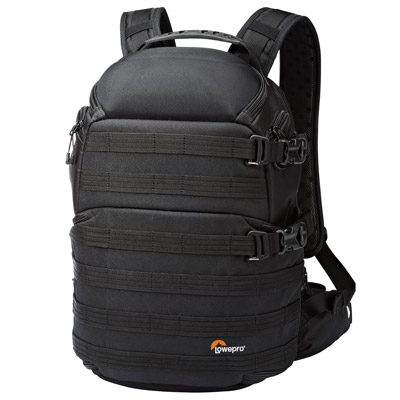 | Lowepro ProTactic 350 AW Pros: Versatility, capacity in relation to size, robust, modular "MOLLE" system, waterproof cape cap, removable abdominal belt Cons: The upper opening is a little too narrow and side-to-side pockets too small to be really useful. Opinion: Extremely versatile backpack. Essential, discreet and compact if you remove the abdominal strap, but with this and the other additional attachment modules (bottle holder, gate keepers, morbidapiùù other bags with soft system available separately, can provide space for any need. Rn Can be configured in every Way imaginable thanks to the myriad of supplied separators and the 4 accesses (on the back, the two sides and the top) .rnPerfect for having 2 ready-made bodies with mounted lens.rnBe careful that the 350 is not suitable for Canon 1D type reflex props Or 5-6D with BG and lens mounted as being shallow, can not accommodate them.rnIt can still be carried without lens or removing the BG to be parted ... but obviously for these uses there is the brother 450.rnIs the best Compromised for a zoomless or massive reflex kit, or for a m4 / 3 PRO with large lenses (EM1 and 40-150 PRO for example) .rnShe looks indestructible and this makes it a little p Heavy of other photo backpacks with the same volume,But the generous padding and the thickness of the nylon used should guarantee greater resistance. Additionally, the AW Waterproof Jacket can be pulled out of the pocket at the bottom. With the 2 gates included and the pouch as a back cover, you can also secure good size and heavy stands without it These unbalanced the backpack or move at each step / jump.rn With 3 accesses, you can also configure it to manage a little space for extra-photographic material accessible independently, although this obviously goes to the expense of the dedicated camera / lens volume. That the upper rigid opening is a bit too small for canon type 6D and similar reflex bodies. It is easy to secure the hinges at risk of theft in the city (lateral and upper ones), using carabiners or padlocks from the hinges of the hinges to the passageways of the Soft system, in the face of greater discomfort. But in that case you can turn your backpack on the abdominal wall to access without leaning it to the ground from the opening on the back. RnContiene without a problem a 13 & quot; In a dedicated pocket, which if you do not need to carry a notebook, it can be useful for A4 size documents, also removing the PC protection panel. RnInsomma could be a "backpack" for a variety of kits and photo opportunities! rn sent on July 21, 2017 |
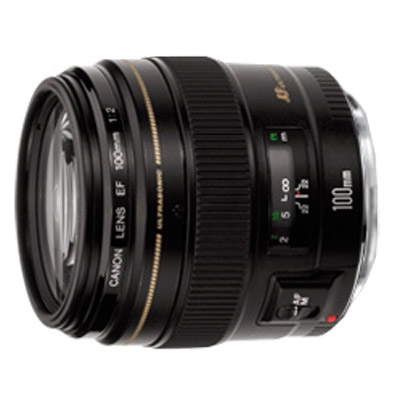 | Canon EF 100mm f/2.0 USM Pros: quality / price ratio, weight / footprint, MAF speed Cons: nobody Opinion: Got it used two years ago for use on 6D primarily as canvas portraits. I had read only positive opinions ... but I found a great lens, fast, clear, with a blurred that I like moltissimo.rnLa MAF is instantaneous and silent, FTM and does not miss a colpo.rnNon feel the desire to do better, also because to have a little more should I orient myself on the 135 L, but for me it would not make sense to spend three times more to get a little more, maybe even I would be able to apprezzare.rnE 'a fixed telephoto lens so obviously requires some "reasoning" before shooting ... but it is also found an advantage, especially for an amateur because it forces him to give extra attention in the context in which they want to photograph, as well as the subject and the PDC at close range at f / 2-2.8 is very few cm. Also often just reassembling you can move out fuoco.rnUna once familiar and using socket being aware of these characteristics, and gives details of great blurred pregio.rnIn & moreegrave; compact, lightweight and without a hood occupies as a 18-55 ... which lets you use it as a canvas in a rather unexpected and little pushy with all the benefits that may result, for example, to steal some first piano.rnDifficilmente go out without, when not in use as before scelta.rnrnAggiorno: after some testing with adapter on m4 / 3 confirms its qualities and especially his goodness and detail already at full aperture ... well MFT sensor using only the central portion of the lens, the sharpness is on the whole frame without vignettare and without loss of detail at the edges of the lenses that are not used. Thus it becomes an equivalent focal length of 200mm, ie a telephoto lens to very tight portraits and sports photography ... when you need light, and there is little. sent on October 07, 2016 |
 JuzaPhoto contains affiliate links from Amazon and Ebay and JuzaPhoto earn a commission in case of purchase through affiliate links.
JuzaPhoto contains affiliate links from Amazon and Ebay and JuzaPhoto earn a commission in case of purchase through affiliate links.May Beauty Be Everywhere Around Me